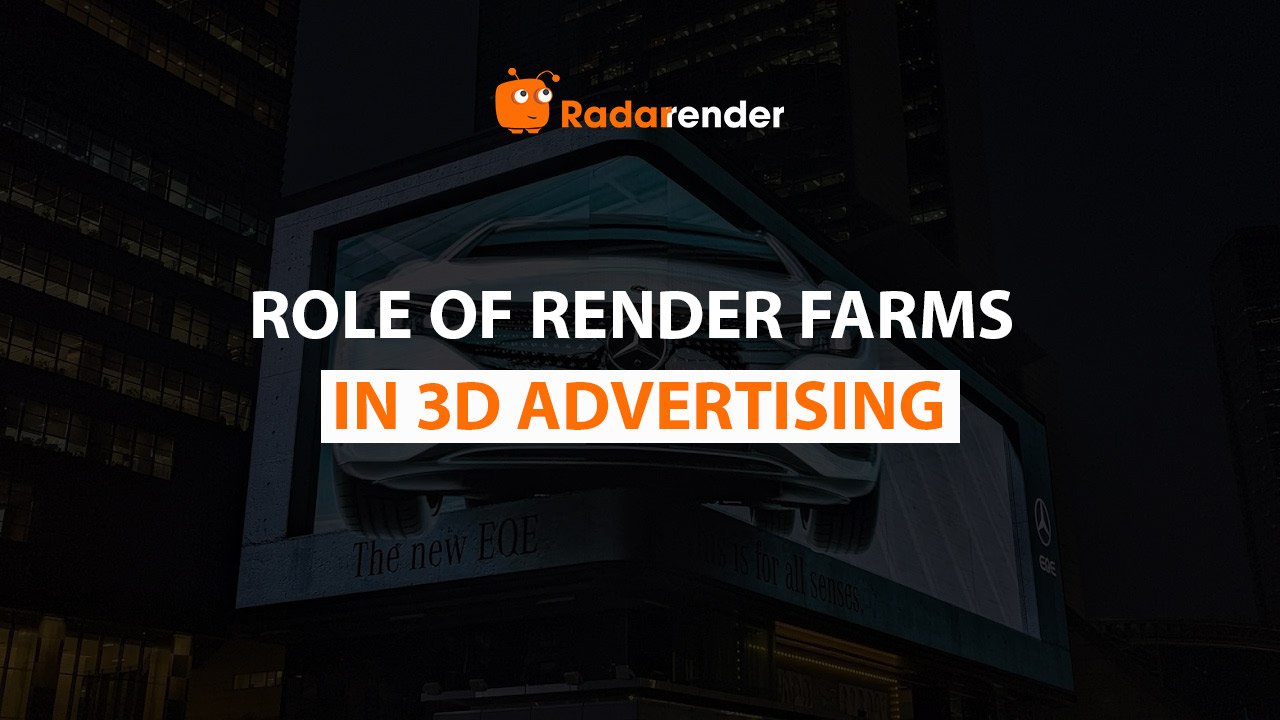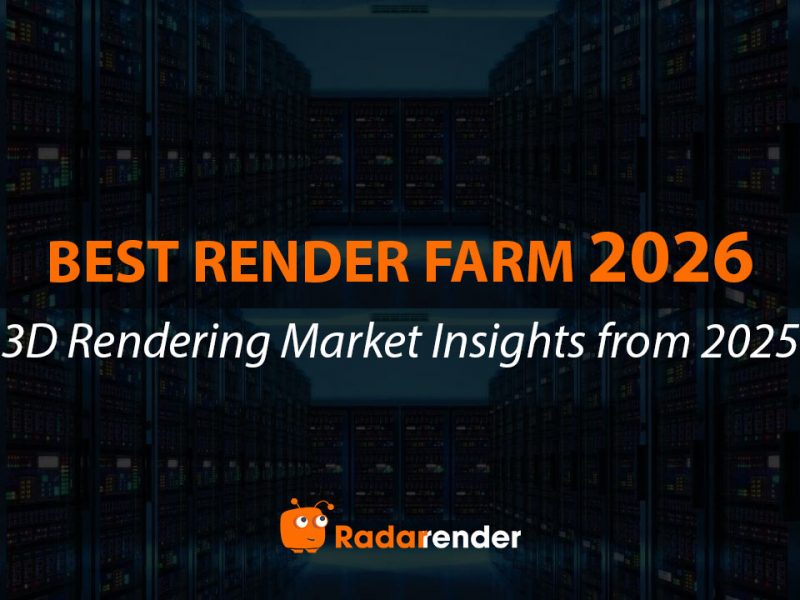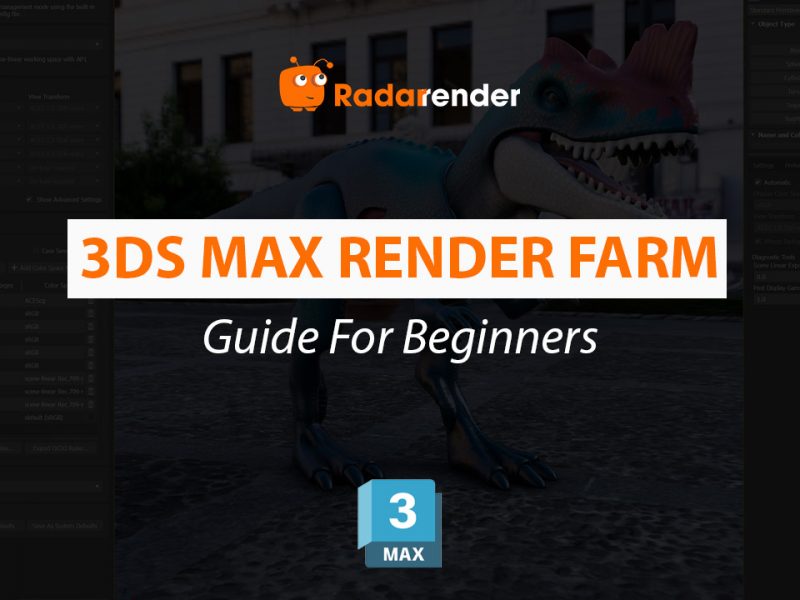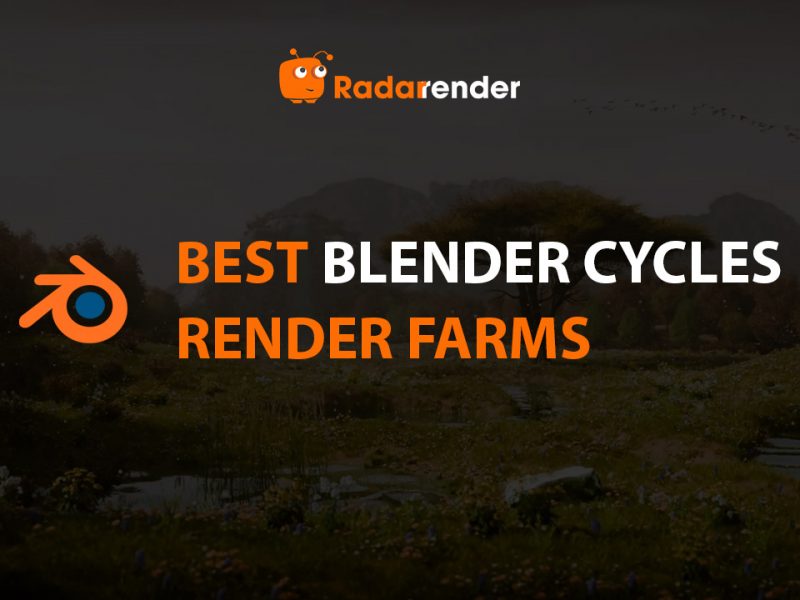Role of render farms in 3D advertising
In today’s world, 3D technology is evolving rapidly and playing a significant role across various industries, including advertising. 3D advertising has proven to be highly effective in capturing audience attention and enhancing brand engagement. In this article, we’ll explore what 3D advertising is and the role of render farms by answering a few key questions.
What’s advertising?
Advertising is a powerful tool used by businesses to promote their products, services, or brand messages to a target audience. It plays a crucial role in influencing consumer behavior, building brand awareness, and driving sales.
With the rise of digital media and creative technologies, advertising has evolved far beyond traditional print or TV, incorporating interactive visuals, 3D animation, and immersive experiences to capture attention and stand out in a competitive market.
What’s 3D advertising?
3D advertising uses three-dimensional visuals and animations to deliver more immersive and engaging promotional content. Unlike flat 2D ads, 3D ads create a sense of depth and realism that grabs attention and improves viewer retention. These visuals can range from animated product displays to interactive AR/VR experiences and digital billboards that seem to leap out of the screen.
Industries such as automotive, fashion, architecture, and entertainment are increasingly turning to 3D advertising to stand out in a crowded market.
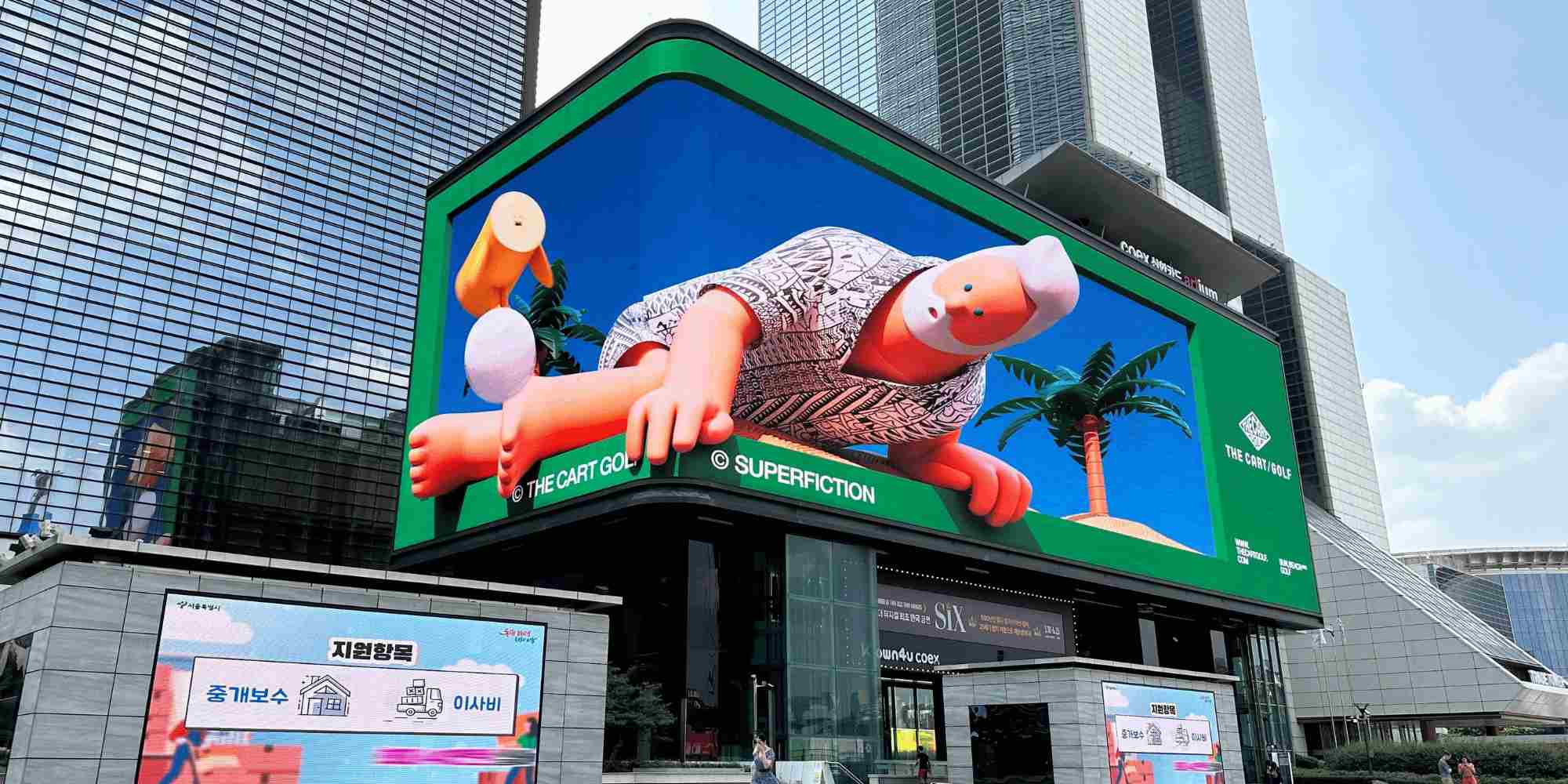 Source: risevision.com
Source: risevision.com
Benefits of 3D advertising include:
- 3D visuals are naturally more dynamic and eye-catching than flat images or text-based ads. The added depth, motion, and realism encourage viewers to stop scrolling and pay attention.
- 3D advertising enables hyper-realistic lighting, textures, reflections, and animations, all of which enhance the overall aesthetic quality of an ad.
- Viewers can see the product from multiple angles, zoom in to explore details, or even interact with it in real-time (especially in web-based or AR ads). This gives consumers a clearer understanding of the product’s size, function, and design.
- Stronger emotional connection with the audience: 3D animation can bring stories to life in a more vivid and emotionally engaging way.
Type of 3D advertising
- 3D Animation Commercials
These are short animated videos created using 3D software to showcase products, tell brand stories, or explain services. They are commonly used in TV ads, YouTube pre-rolls, and social media campaigns.
- 3D Product Visualizations
High-quality 3D renders allow consumers to view products from every angle, zoom in on details, or even see them in different environments.
 Source: vanschneider.com
Source: vanschneider.com
- 3D Billboards
Massive LED screens, often seen in places like Times Square or Tokyo’s Shibuya Crossing, display eye-catching 3D visuals that appear to pop out of the screen, without the need for glasses or VR headsets.
This experience not only engages customers for a longer period of time but also stays in their memory for a very long time.

Source: Audi, BMW, and Mercedes 3D Billboard DooH campaigns
- Augmented Reality (AR) Ads
3D objects or animations are overlaid onto the real world through a smartphone camera or AR glasses. Users can interact with the content, making it an engaging and memorable experience.
- Virtual Reality (VR) Advertising
VR ads create fully immersive 3D environments where users can explore a product, story, or brand experience, used for premium campaigns or in industries where immersion adds value.
- Interactive 3D Web Ads
Web-based 3D ads allow users to rotate, zoom, and interact with a product directly within a browser without needing any plugins.
- 3D Holographic Displays
Although still emerging, holographic advertising uses 3D projections to create futuristic displays that can be seen from multiple angles, ideal for exhibitions and live events.
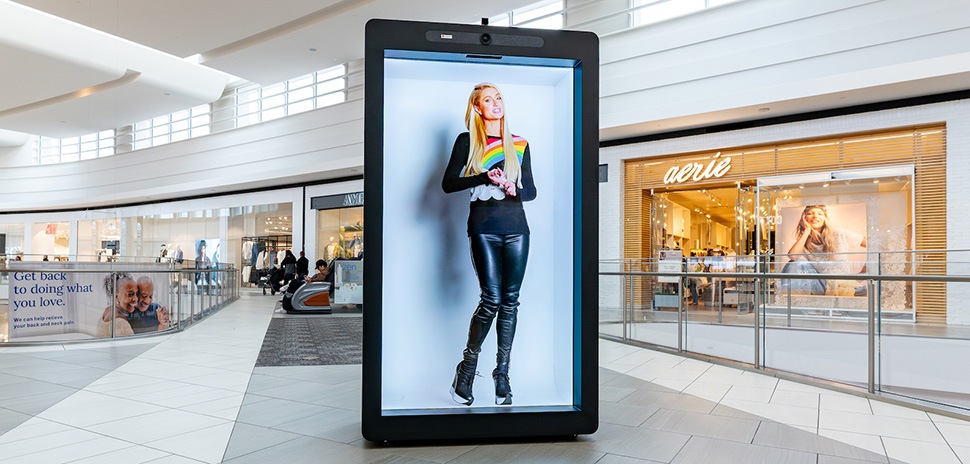
Source: dallasinnovates.com
These various types of 3D advertising offer brands creative freedom and technical flexibility to connect with audiences in more dynamic, memorable ways. Choosing the right format depends on your campaign goals, target audience, and budget, but they all benefit greatly from powerful rendering support via a professional render farm.
However, producing high-quality 3D content is complex and requires substantial computing power, and that’s where render farms come in.
Why do render farms play a crucial role in 3D advertising?
Render farms are high-performance computer systems (often cloud-based) that handle the heavy workload of rendering 3D projects. Rendering is the process of converting 3D models, textures, lighting, and animations into final images or videos. This process can be extremely time-consuming, especially for complex advertising scenes that require photorealism and smooth motion.
Nowadays, 3D advertising is gradually becoming the top choice of brands, so render farms are proving their advantages.
Firstly, using a render farm eliminates the need to invest in expensive hardware upgrades. With cloud-based farms, you pay only for what you use, which makes them ideal for agencies or freelancers working on a project-by-project basis.
Secondly, render farms can handle ultra-high-resolution images and complex visual effects, ensuring your 3D ads look crisp, detailed, and professional on all platforms, from giant LED screens to mobile devices.
Moreover, by offloading rendering tasks to a render farm, 3D artists and advertisers can spend more time refining visuals and concepts instead of waiting on slow machines to render previews or final outputs.
Conclusion
As 3D advertising continues to transform how brands engage with audiences, the role of render farms becomes more vital than ever. These powerful systems not only speed up production but also enable creators to push the boundaries of visual storytelling. If you’re looking to stay competitive in the advertising world with eye-catching 3D visuals, partnering with a reliable render farm is a smart and necessary step.
FAQ Section
- What is a render farm in simple terms?
A render farm is a network of powerful computers designed to work together to process and render 3D images or animations. Instead of relying on a single workstation, artists can use a render farm to dramatically speed up rendering time and handle more complex scenes.
- Can small studios or freelancers use render farms?
Absolutely. Many modern render farms offer flexible pricing models, including pay-per-use and cloud-based subscriptions, making them accessible to freelancers, small agencies, and large studios alike.
- Is using a render farm expensive?
The cost of using a render farm depends on the complexity of your project, the rendering time, and the pricing model of the service provider. However, it’s often more cost-effective than investing in high-end hardware and waiting hours or days for local rendering.
- How does a render farm improve the 3D advertising workflow?
Render farms streamline production by reducing rendering time, freeing up local machines for creative tasks, enabling parallel processing, and ensuring higher quality outputs. This allows artists to focus on creativity and meet campaign deadlines with ease.
- Are render farms secure for commercial advertising projects?
Yes. Most professional render farm services follow strict data protection policies, offer encrypted file transfers, and allow users to sign NDAs. Always choose a reputable provider with a clear security and privacy policy.



